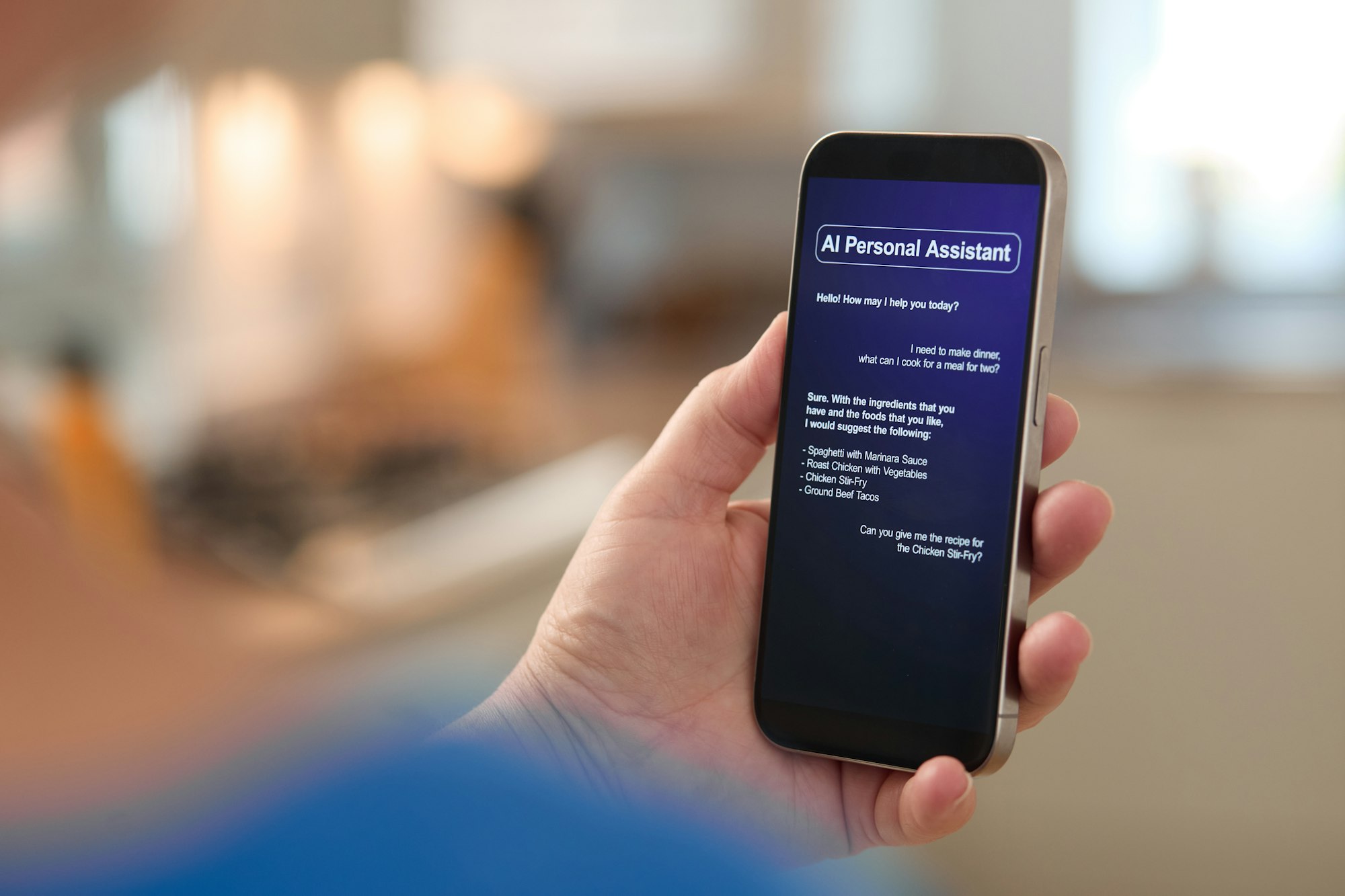Introduction
In recent years, new AI-powered features in workplace tools like Slack have started reshaping how teams collaborate. These advancements go beyond boosting productivity—they’re also redefining communication and teamwork in the modern workplace.

How AI Is Showing Up in Collaboration Tools
Slack has long been a popular choice for workplace communication, and now it’s getting even smarter with AI integration. These new AI tools can suggest responses, handle repetitive tasks, and even analyze communication patterns to make teamwork smoother and more effective.
Key Benefits of New AI-Integrated Tools
- Boosting Productivity: AI-driven bots in tools like Slack can manage tasks like scheduling meetings, setting reminders, and organizing emails. This allows employees to save time and focus on more important work.
- Smoother Communication: AI can suggest replies based on the conversation, helping people respond quickly and keep discussions flowing.
- Data-Driven Insights for Smarter Decisions: AI can analyze chat histories and track project progress, offering valuable insights that help teams stay on track and spot issues before they arise.
Challenges to Consider
Despite the benefits, there are some challenges with integrating AI. Privacy is a big concern since AI tools need data to work effectively. Employees may also need training to use these tools, and there’s sometimes concern about AI taking over certain tasks.
What’s Next for AI in the Workplace?
The future of AI in workplace tools is full of possibilities. Upcoming updates could introduce even more advanced capabilities, like handling complex decision-making, to further reduce employees’ mental workload.
Conclusion
AI is quickly becoming a key part of the digital tools we use for work, and new features in platforms like Slack are leading this change. These advancements promise a more connected, efficient, and user-friendly workplace. For businesses to succeed with AI, it’s crucial to balance innovation with privacy and ethical considerations, ensuring these tools are genuinely helpful and supportive for all.

FAQs: Understanding the Impact of New AI Features in Workplace Tools
1. How does AI in tools like Slack improve productivity in the workplace?
AI in workplace tools like Slack can automate routine tasks, such as scheduling meetings, setting reminders, and managing emails. This automation allows employees to focus their energy on more complex and creative tasks, thereby improving overall productivity.
2. What are some potential privacy concerns with AI in workplace tools?
Privacy concerns arise because AI tools need to access and analyze large amounts of data to function effectively. There’s a risk that sensitive information might be exposed or mishandled. Ensuring robust data protection measures and clear data usage policies is essential to address these concerns.
3. Can AI in workplace tools replace human jobs?
While AI can automate some tasks, it’s generally designed to assist rather than replace human employees. AI can handle mundane or repetitive tasks, which can free up workers to focus on higher-level functions that require human judgment, creativity, and empathy.
Sources Forbes


